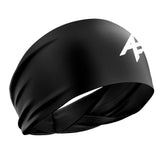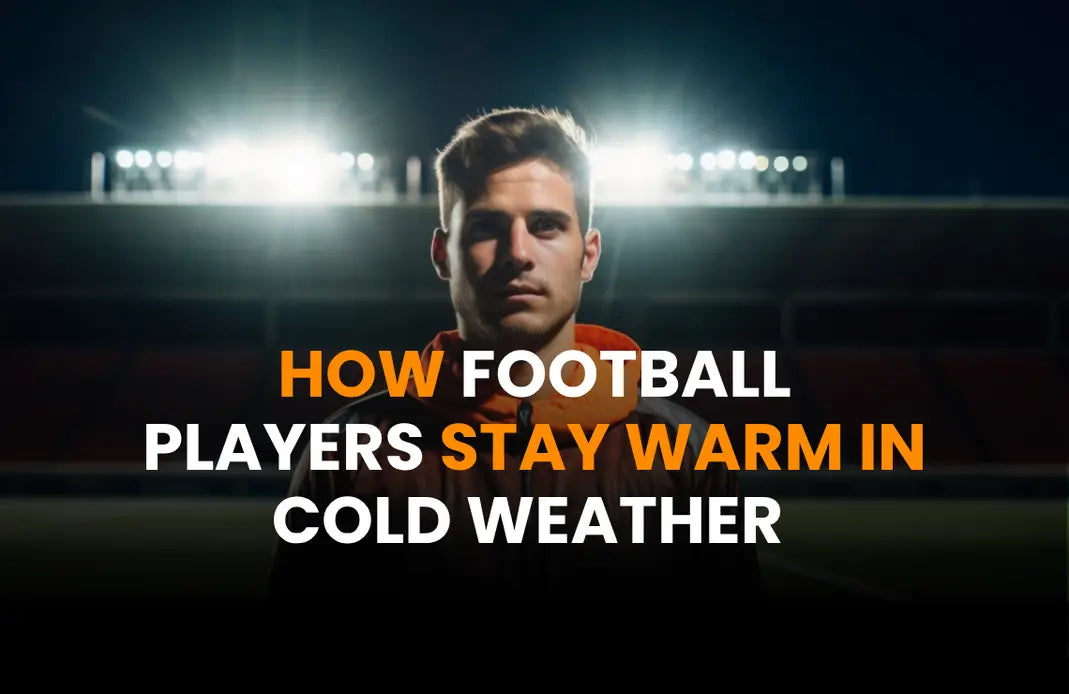When winter sets in, football doesn’t stop. From local fields to the biggest stadiums, players must battle freezing temperatures, biting winds, and icy rain while staying at peak performance. So how do football players manage to keep warm, flexible, and fully focused when the weather works against them?
Let’s break down the strategies and gear that help players perform at their best during the coldest matches.
Layering Up
The key principle for staying warm on the pitch is smart layering. Unlike casual winter clothes, a football player’s layers must provide warmth without restricting movement.
Base Layer
This is the player’s first line of defense. A quality base layer made from thermal or moisture-wicking fabric keeps the body warm by trapping heat close to the skin while pulling away sweat. Dry skin is warmer than damp skin, so a sweat-managing base layer is crucial.
Mid Layer
On extremely cold days, some players wear a thin fleece or thermal long sleeve over the base layer. This adds an extra pocket of insulation without adding bulk.
Outer Layer
The football jersey is worn on top. Some players use tight-fitting compression tops under the jersey to keep muscles warm and supported. During training, players may also wear light windbreakers or training jackets, which are often shed during matches for freedom of movement.
Keeping Limbs Warm
The hands, head, and neck lose heat quickly, so players pay special attention to covering them:
Gloves
Most footballers wear lightweight thermal gloves. These provide warmth while maintaining a good feel for the ball during throw-ins and help protect fingers from the sting of contact with a frozen ball.
Hats and Headbands
While wearing a bulky beanie during a match is impractical, thin thermal hats or ear warmers help cover the ears and retain body heat. Many players opt for headbands that cover the ears while fitting snugly under helmets or headgear.
Neck Warmers
Some footballers wear snoods or neck gaiters. These cover the neck and can be pulled up over the mouth and nose when the wind bites extra hard. However, certain leagues have restrictions on neck coverings during official games for safety reasons, so many players use them mainly during training and warm-ups.
Thermal Shorts and Tights
To keep the lower body warm, players often wear thermal shorts or leggings under their regular shorts. Compression tights are especially popular because they combine warmth with muscle support. Keeping thigh and calf muscles warm reduces the risk of strains and improves flexibility for sprinting and sudden direction changes.
Special Football Gear for Cold Weather
Modern sports brands design gear specifically for harsh weather. Many teams invest in weather-resistant training jackets, thermal pants, and padded warm-up tops. Coaches and substitutes on the bench often wear insulated coats, hats, and thick gloves, ensuring they stay warm and ready to join the action at a moment’s notice.
Some boots also have slightly thicker linings for winter matches, providing extra insulation without changing the feel of the shoe.
Pre-Game Warm-Up: Crucial in the Cold
Staying warm isn’t just about clothing. It’s also about preparation. Players spend extra time warming up in cold weather to get muscles loose and joints flexible. Dynamic stretches, jogging, and short sprints increase blood flow and reduce the risk of muscle pulls.
Between warm-up and kickoff, players may wear top layers like jackets or track pants to avoid cooling down too fast. These are removed just before they take the field.
Staying Warm During the Game
Once the whistle blows, constant movement is a player’s best friend against the cold. Players keep warm naturally by running, passing, tackling, and staying engaged. Substitutes waiting on the sideline use blankets, heated benches, or jogging to maintain body temperature so they’re ready to jump in without injury.
Hydration and Nutrition Still Matter
It’s easy to forget about hydration in cold weather because players don’t sweat as visibly. But staying hydrated is vital for muscle performance and energy. Hot drinks like herbal tea or warm sports drinks can help maintain core temperature during breaks.
Some teams also provide energy gels or high-carb snacks to keep players fueled. Cold weather can burn more calories as the body works to maintain warmth.
Mental Toughness: The Hidden Warmth Factor
Playing football in winter isn’t just physically demanding. Tt tests a player’s mental strength. Cold weather can be distracting and uncomfortable, but elite players train their mindset to stay focused on the game, not the temperature. Many players describe embracing the chill as part of the sport’s challenge and pride themselves on performing well no matter the weather.
Key Takeaway
Football players stay warm and perform in cold conditions through a mix of smart clothing, modern gear, proper warm-ups, and mental resilience. The next time you watch a winter match, notice the gloves, tights, and layered shirts. They’re all part of the strategy to keep players agile and effective until the final whistle.




